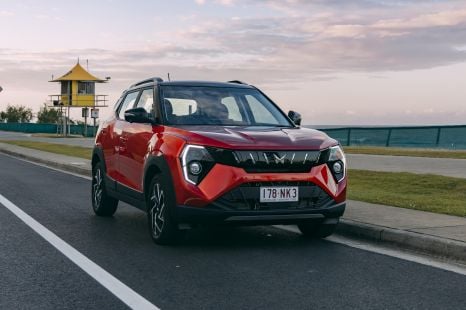

Damion Smy
5 Days Ago
From drink driving to high-performance vehicles, here are 6 driving behaviours that are illegal for provisional (P1 and P2) drivers.

Marketplace Journalist


Marketplace Journalist
Nothing beats getting your licence for the first time.
As the crisp red P-plates are handed over, excitement and freedom course through you at the thought of driving and travelling whenever and wherever you’d like.
But while the experience is unforgettable, it comes with more rules and regulations than a fully licensed driver.
Here are six driving behaviours that are illegal for provisional drivers.
Note: Provisional encompasses both P1 (red-plates) and P2 (green-plates) across Australia.
Just because you’re off your learners permit, doesn’t meaning you’re a fully licensed driver.
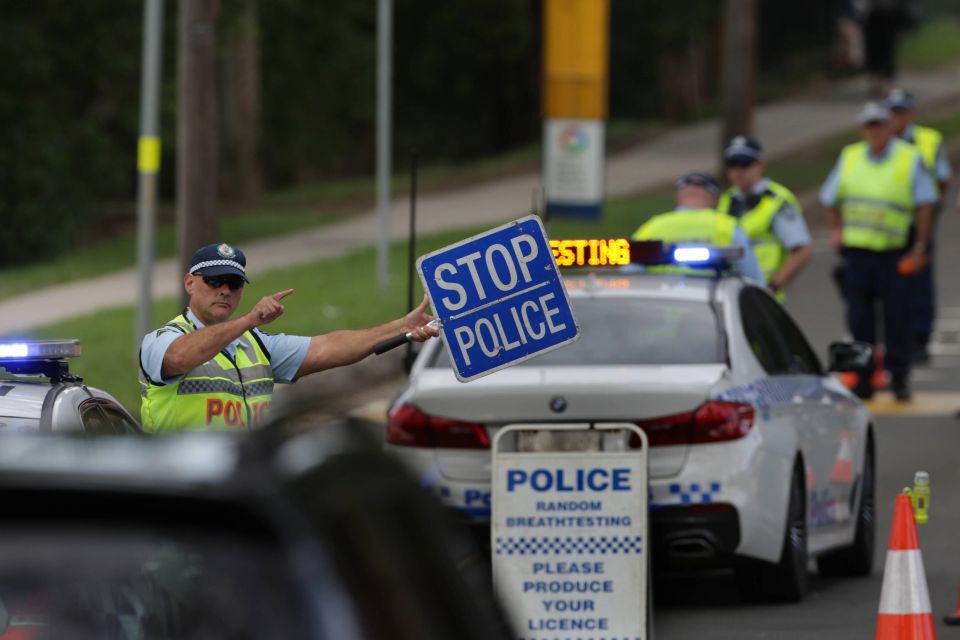
To every fully licensed driver and the police, provisional drivers are still learners, independently honing their driving skills.
Because of this, inhibitions like alcohol and drugs are strictly prohibited while you’re a provisional driver.
Such substances will hinder your ability to focus on the road and perform with the vehicle.
If you are pulled over with BAC of anything above 0.0 you will be charged with a drink-driving offence and your licence is at risk depending on where you’re licensed – the suspension timeframe is different per Australian state.
Note: The following information is for first offences, of the lowest BAC range only. Check your state government website for penalties for greater offences.
| State | Fine | Prison | Disqualification | Interlock | Other |
|---|---|---|---|---|---|
| NSW | $603 (penalty notice fine) $2200 (court-imposed fine) | No imprisonment | 3 months (minimum, immediate suspension) | No interlock | N/A |
| Victoria | Penalty notice fine (undisclosed amount) | No imprisonment | 3 months (minimum) | 6 months (minimum) | Zero BAC requirement for three years Must complete a Drink Driver Behaviour Change Program |
| Queensland | $2012 (maximum) | 3 months (maximum) | 3 – 9 months | No interlock | N/A |
| ACT | 5 penalty points (1 penalty unit = $160) | No imprisonment | 1 month (minimum) 3 months (default) | No interlock | N/A |
| NT | 5 penalty points (court-ordered) | 3 months (maximum) | 3 months (mandatory) | No interlock | N/A |
| WA | $200 – $750 (deemed by court) | No imprisonment | N/A | No interlock | N/A |
| SA | $824 expiation fee (on-the-spot). or $1100 | No imprisonment | 3 months (minimum) (If on-the-spot fine is paid, no disqualification applies) | No interlock | N/A |
| Tasmania | 2 – 10 penalty units | 3 months (minimum) | 3 – 12 months | No interlock | N/A |
Even if you’re a fully licensed driver, speeding is against the law. But there are different speed limits for different licence categories, and you need to be across them.
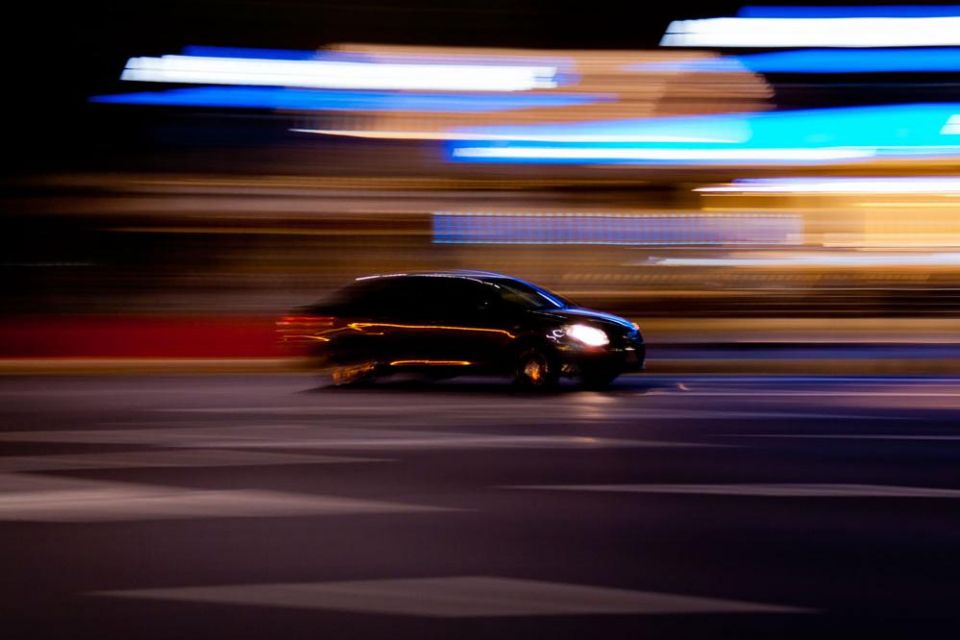
In Australia, each state has their own rules regarding speed limits for provisional drivers:
| State | P1 limit | P2 limit |
|---|---|---|
| New South Wales | 90km/h | 100km/h |
| Victoria | Posted limit | Posted limit |
| Queensland | Posted limit | Posted limit |
| Australian Capital Territory (ACT) | Posted limit | Posted limit |
| Northern Territory | 100km/h | 100km/h |
| Western Australia | Posted limit | Posted limit |
| South Australia | 100km/h | 100km/h |
| Tasmania | 90km/h in 100 zone, 100km/h in 110 zone | Same as P1 |
Check out our article on speed limits for provisional drivers for more information.
While you might be confident in your driving and multi-tasking skills and think a hands-free mobile device won’t distract you, chances are it will.
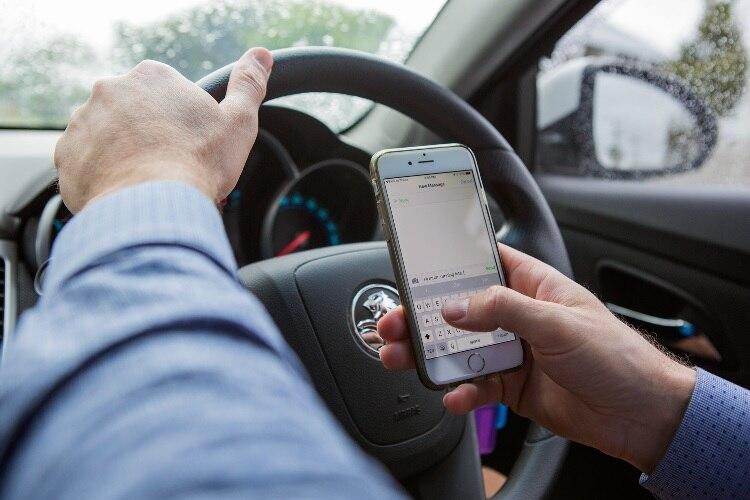
In most states, it’s illegal for both P1 (red-plate) and P2 (green-plate) drivers to use their mobile phones while driving or as hands-free device.
This includes playing music and taking calls using Bluetooth or Apple CarPlay.
| State | Mobile Restriction |
|---|---|
| New South Wales | No phone usage |
| Queensland | P1: No phone usage P2: Hands-free only |
| Victoria | No phone usage |
| South Australia | P1: No phone usage P2: Same as full licence |
| Australian Capital Territory (ACT) | No phone usage |
| Northern Territory | No phone usage |
| Tasmania | P1: No phone usage P2: Same as full licence |
| Western Australia | Make, receive, or end calls and in a cradle mounted to the car |
For those living in New South Wales, Victoria, ACT, and the Northern Territory, if you are caught physically using your phone or have it connected your vehicle you will be fined.
You will also be fined if a mobile-phone detection camera catches you using your device while driving – so save yourself the offence and pack it away.
In some states, you’re not allowed to carry a full carload of people until you’re close to having your full licence.
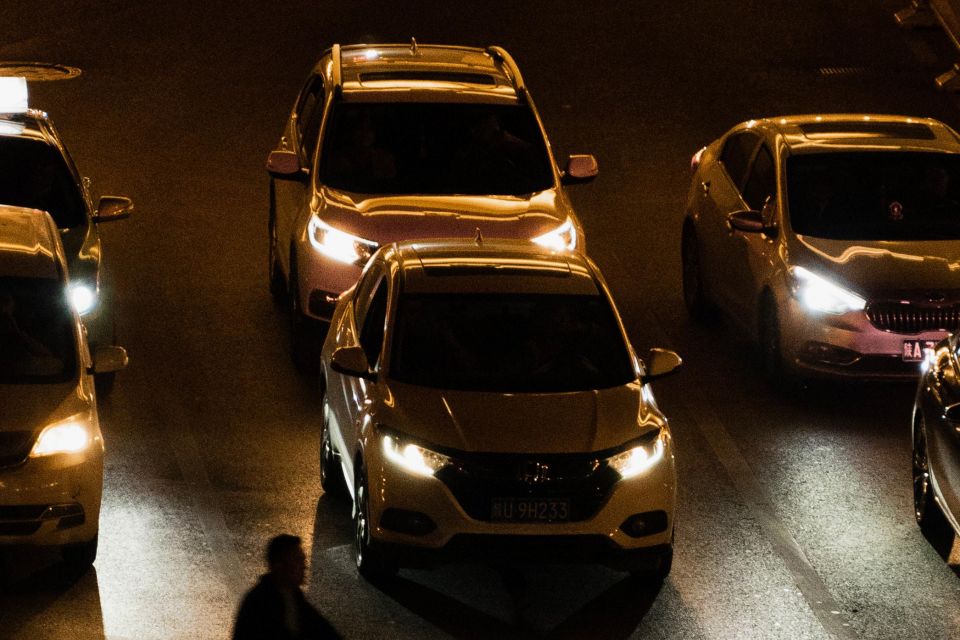
Several states have rules and regulations regarding a provisional driver’s ability to carry passengers after certain times of the day.
| State | Restrictions |
|---|---|
| New South Wales | P1 drivers (under 25) can’t carry more than one non-family passenger under 21, between 11pm and 5am |
| Victoria | P1 drivers can’t carry more than one non-family passenger aged 16 to 22 |
| Queensland | P1 drivers (under 25) can’t carry more than one non-family passenger under 21, between 11pm and 5am |
| Australian Capital Territory (ACT) | P1 and P2 drivers can’t drive with more than one non-family passenger aged 16 to 22, between 11pm and 5am (excluding for work) |
| Western Australia | Can’t drive between midnight and 5am for the first six months of your provisional licence (excluding study or work purposes) |
| South Australia | P1 drivers can’t drive between midnight and 5am |
| Tasmania | P1 drivers (under 25) can’t carry more than one non-family passenger aged 16 to 21 (excluding work purposes) |
| Northern Territory | No restrictions |
There are exemptions to these rules. Our best advice is to check with your state government website if these exemptions apply for you:
High-performance vehicles are prohibited for provisional drivers in several Australian states.
Provisional drivers in New South Wales, Queensland, Victoria, and South Australia must drive provision-approved vehicles. The remaining states can drive any type of car, including high-performance vehicles.
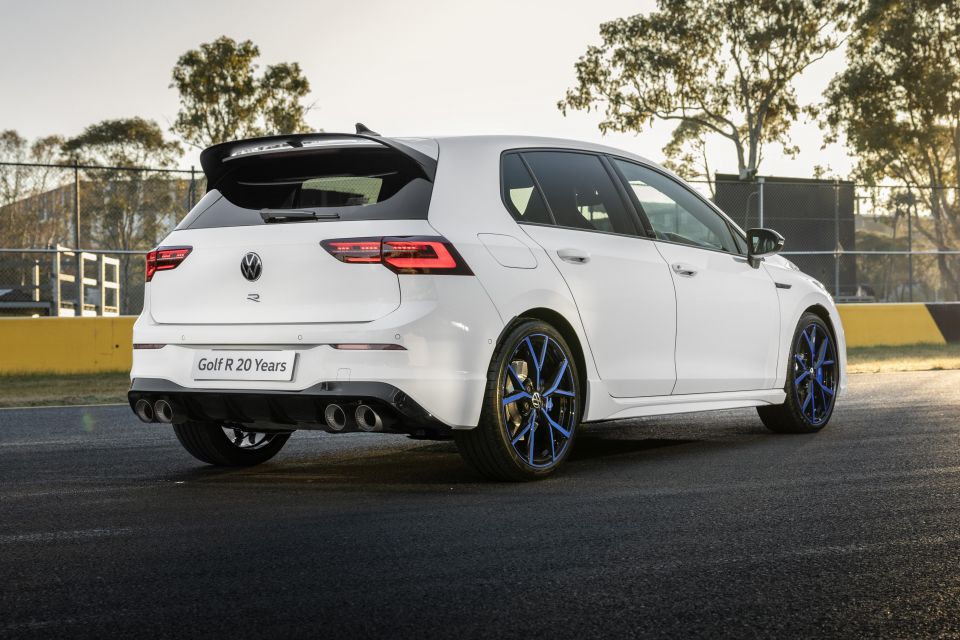

If you live in one of the following states, check if you can apply for an exemption to this restriction:
New South Wales:
All visional drivers are banned from driving any kind of high-performance vehicle, no matter the circumstance. Before purchasing, check that your preferred vehicle has a tow to tare mass ratio of less than 130kW per tonne on the NSW Transport website. Additionally, modified vehicles must be approved by an engineer before they’re driven.
South Australia:
In South Australia, high powered vehicles cannot be driven by provisional licence holders under the age of 25. This restriction does not apply to those older than 25, have an exemption certificate or hold a full licence under 25. If you are caught driving a high-performance vehicle without an exemption or full licence, you will pay an expiation fine or incur demerit points. Visit the South Australian government site to apply for an exemption and more information.
Victoria:
P1 and P2 licence holders cannot drive a high performance vehicle in Victoria unless one of the following exemptions applies to them:
The Victorian government considers high-performance cars, prohibited vehicles: a vehicle with a power to mass ratio greater than 130kW per tonne or a modified engine to increase performance.
You can find out more by viewing their probationary vehicle database.
Queensland:
Provisional drivers can drive high-powered vehicles if they hold a P1 or P2 licence with an automatic licence condition, and are learning to drive with manual transmission, with a qualified supervisor.
In order to drive a high-performance vehicle, you need to apply for an exemption and prove that one of the following circumstances applies to you.
You must travel in a high-performance vehicle:
If you are approved for a certificate of exemption, you must carry it every time you drive a high-performance vehicle.
For more information or to view Queensland’s database of high-performance vehicles, click here.
In some states, towing restrictions apply to provisional drivers.
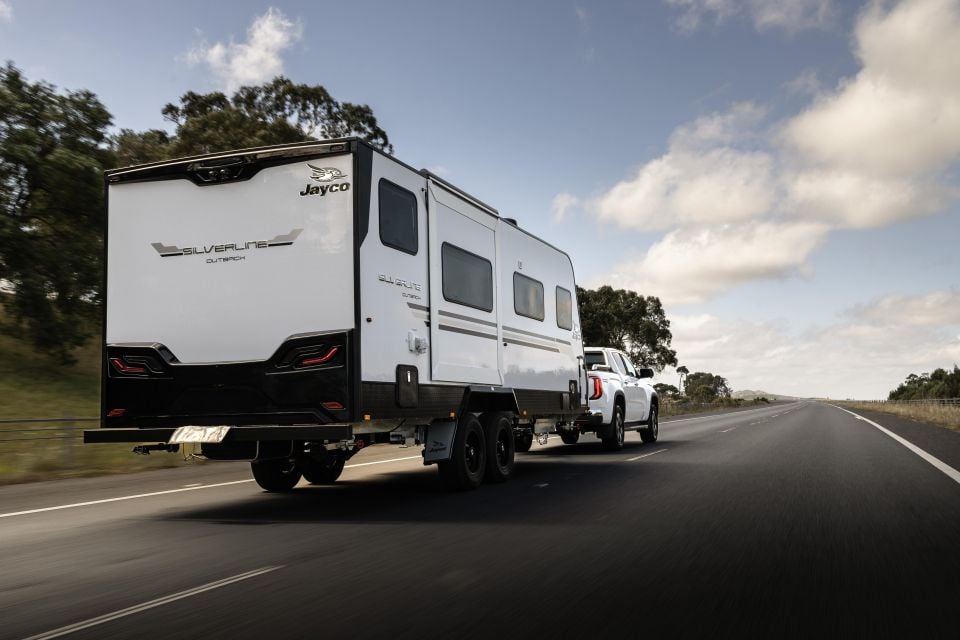
| State | Towing restriction |
|---|---|
| NSW | P1 licence drivers can tow up to 250kg |
| Queensland | No towing restrictions |
| Victoria | P1 drivers are not permitted to tow. Standard laws apply to P2 licence drivers |
| WA | Must display p-plates on both the towing vehicle and trailer |
| SA | No towing restrictions |
| ACT | Provisional drivers cannot tow more than 750kg and must use a trailer |
| NT | No towing restrictions |
| Tasmania | No towing restrictions |
Learner drivers are not allowed to tow any kind of trailer – so count yourself lucky.
Tyra Lawler-Cass is a marketplace journalist based in Sydney, Australia. She studied PR & Social Media and Creative Writing at Macquarie University and has a passion for fast, luxury cars. She loves to travel and is always down to dine out.


Damion Smy
5 Days Ago
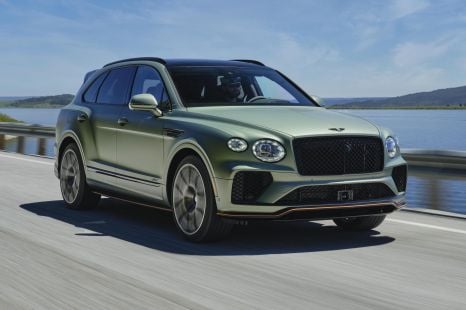

Paul Maric
5 Days Ago
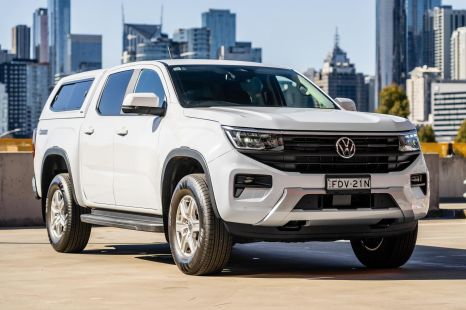

Max Davies
4 Days Ago
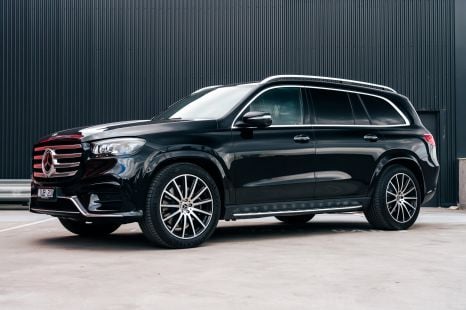

James Wong
3 Days Ago


Matt Campbell
2 Days Ago
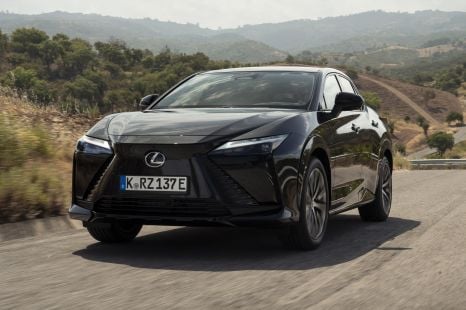

Matt Robinson
18 Hours Ago